Drywall vs Plaster. How to Tell?
We will teach you how to tell the difference between these two materials easily!
When you need to do some renovations in your house, and this renovation implies working with walls, it is crucially important to know exactly what material they are made of. Since nowadays the two most widespread materials for wall-making are drywall and plaster, the most frequent question asked is: what kind of walls do I have? Are they plaster or drywall?
So if this is what bothers you as well, this article will be very useful for you! Since today we will explain drywall and plaster distinctions, as well as provide you with a comparative characteristic of plaster walls vs drywall.
Stay with us, it is going to be interesting!
How to Tell the Difference Between Drywall And Plaster
Do I have drywall or plaster walls? If you ask this question, then you definitely have no idea what your walls are made of. In general, there are five different ways you can use to define what materials the walls are made of. And since all of them are rather simple and don’t need any specific skills or tools, you can make use of any of them anytime you need to figure out what material your walls are made of.
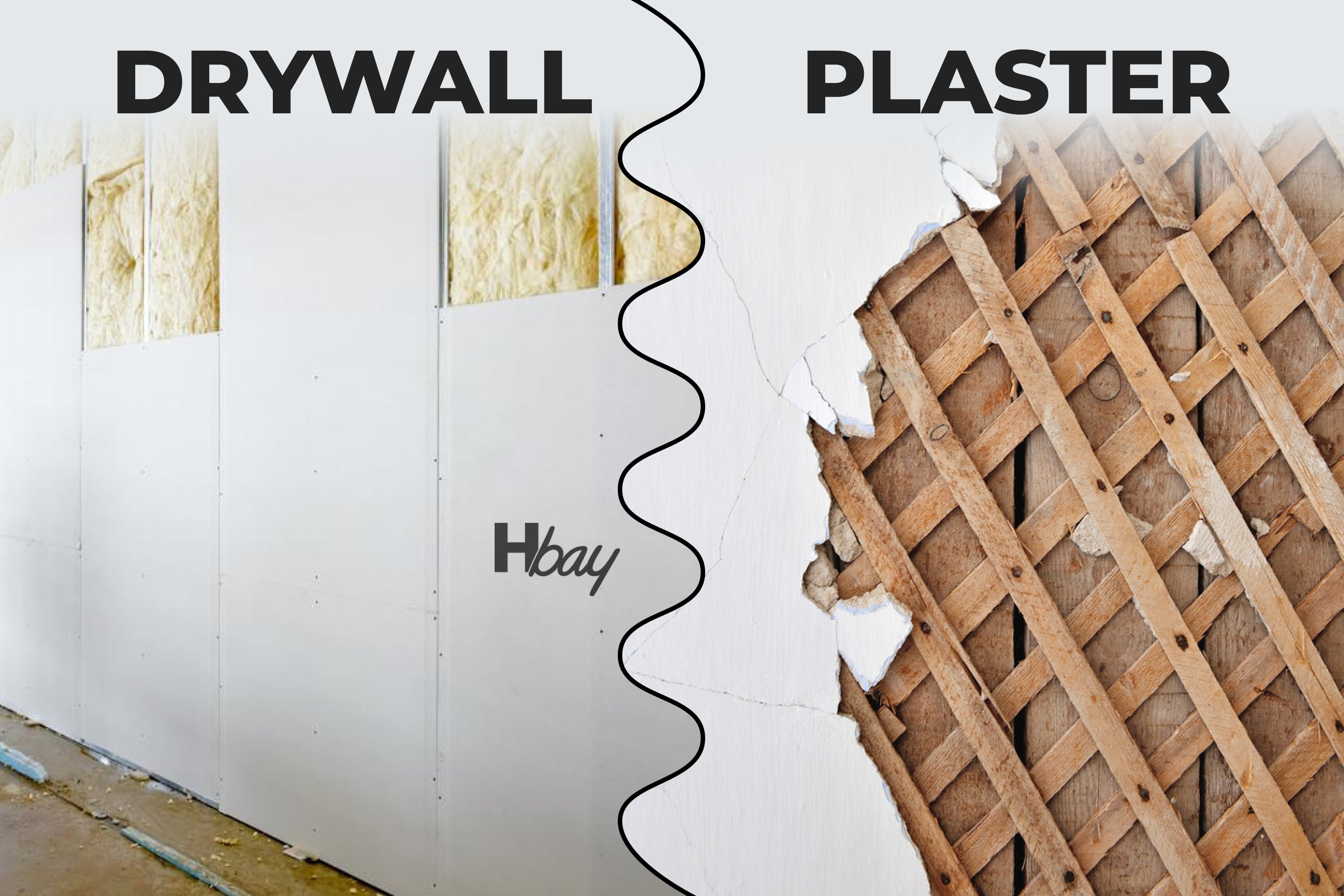
housekeepingbay.com
Why would we need to bother about such a thing, you may ask? Well, you see, this information can be very handy when we need to do any wall repair or renovation projects. Or when we need to hang a painting on a wall. Or if we are planning for a remodel of our home. No matter the cause, to tell the difference between sheetrock and plaster, choose one of the suggested methods, and you will never miss.
Remove a Switch Plate
Grab a screwdriver and remove either a switch plate or any electrical socket cover. Once the plastic cover is taken off, you will see the cross-section of the wall material in the hole that was cut for the switch or the socket. To be sure you see everything right, better use a flashlight.
If you see the layer of paper on each side of crumbly white gypsum, then your walls are made of drywall. On the contrary, plaster walls will have significant layers of solid plaster with no paper at all. You may even see the thin strips of wood beneath the plaster layer.
Check the Attic
Usually, most attics are not finished which means that you can see the wall material and the bare studs with the naked eye easily. This is, by the way, the material that is also used on interior walls and ceilings.
So what you need to do is to get to your attic and look for any walls with visible studs. In case you see uniform and rectangle sheets with brown paper backing, your walls are made of drywall.
However, if you notice thin wooden strips with a hard white material that looks chalky and located between those wood strips, congrats, here you have plaster! Also, remember to check the floor of your attic! Well, it is actually the ceiling of the room below, so checking it can also be useful if you need to define the wall or ceiling material.
As for the exterior walls, they are of no use when we need to figure out what material, drywall or plaster, we have at home. This is because the interior walls are insulated and they are normally not finished with either drywall or plaster.

Credits: sturti, via Canva.com
Check It For Hardness
This is probably the simplest and the quickest way to tell whether you have plaster walls or drywall. What you need to do is to take a push pin and try to press it into the wall! You see, drywall is relatively soft material which means that your push pin will come into it quite easily with just a thumb pressure.
As for the plaster, it is much harder as we have already figured out. So if you make an attempt to press the push pin into the wall that is made of plaster, you will not succeed unless you make use of a hammer!
You might not be aware of this, but plaster, in fact, can even resist nails! So if we can easily hammer a small nail into the drywall, with the plaster one it will not work. It can even bounce the nail out.
By the way, here is an alternative way to check what your walls are made of. Simply use nails. Take one and try to hammer it into the wall. If it penetrates the surface easily, then you have drywall. But if you face any complications when doing this, you surely have walls made of plaster.
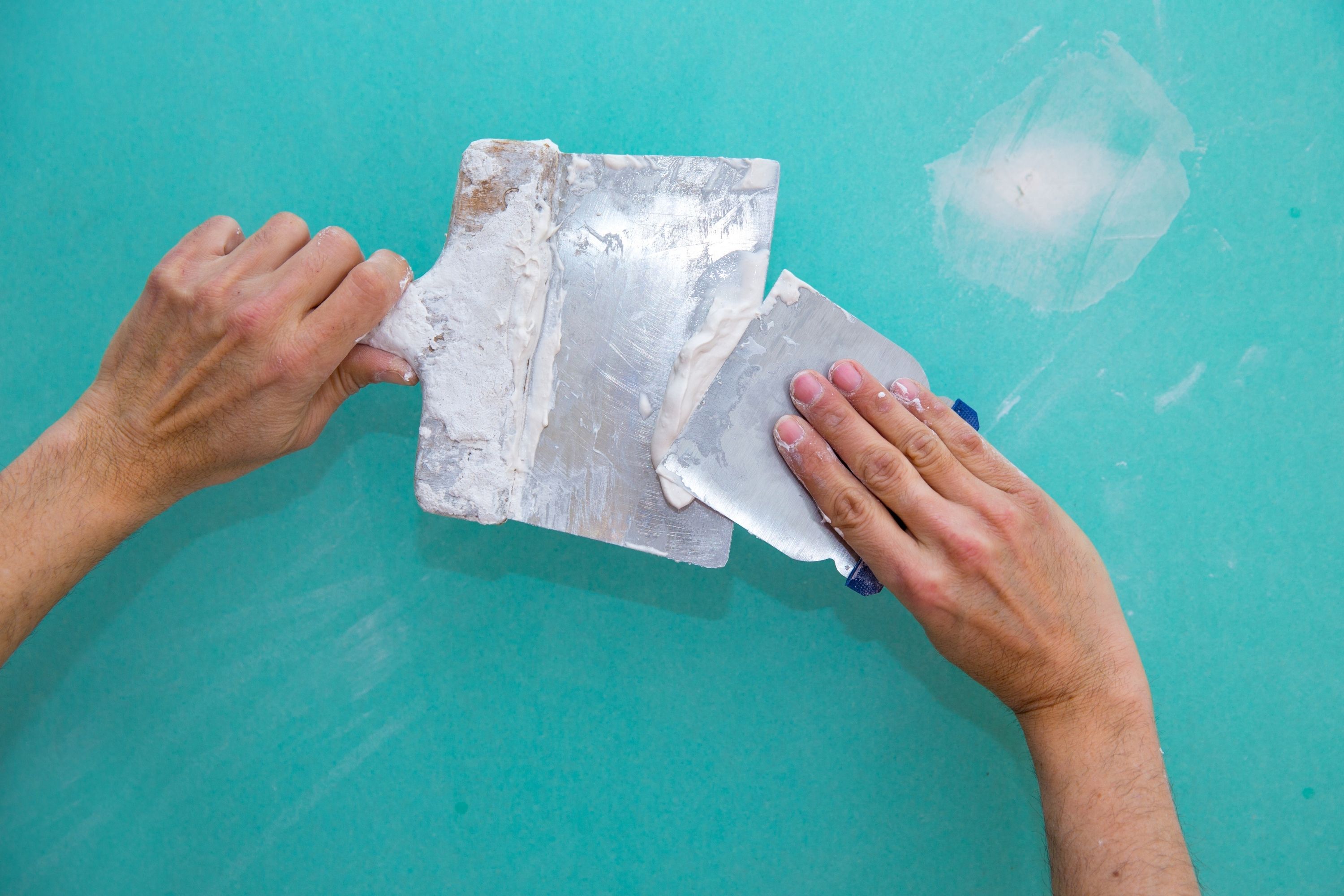
Credits: lunamarina, via Canva.com
Cracks Can Help
We usually try to avoid cracks in the walls and do our best to fix them or better prevent them from appearing at all. However, if you need to figure out what material your walls are made of, cracks can actually be very helpful!
See, as plaster gets older, it tends to create hairline cracks on its surface whilst drywall does not.
Also, cracks that develop in plaster usually have a shape of spider web being spread over the walls and ceilings. As for the drywall, if it cracks, those damages are usually in small and localized areas. It happens like this because drywall tends to crack where joint compound was used for sealing seams or patch holes in the material.
But in most cases, drywall will not have cracks at all. And since plaster was excluded from most building projects quite long ago, all the plaster walls we have today are rather old. So if you see any cracks on yours, they are surely made of this material which is quite old in addition.
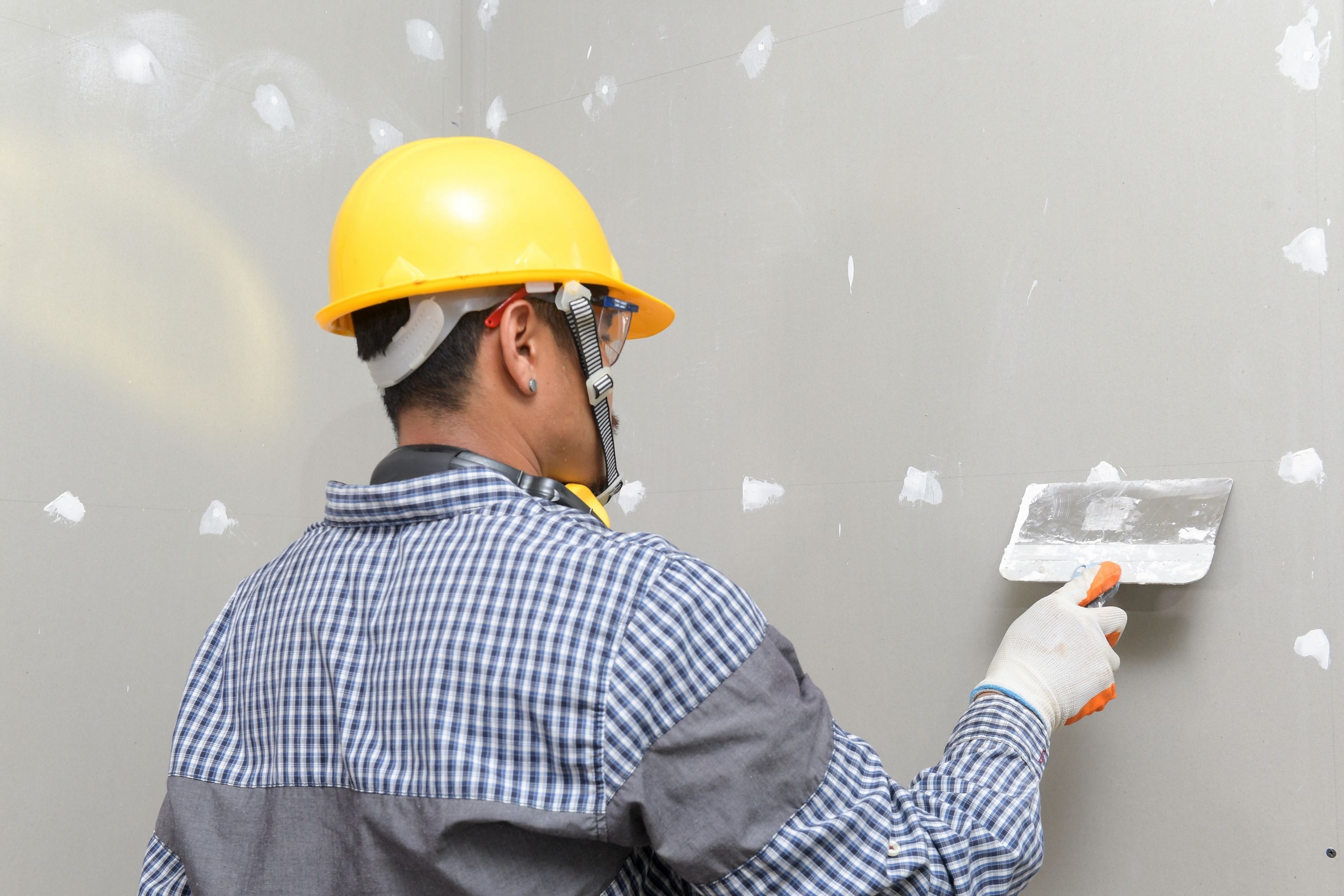
Credits: cavanimages, via Canva.com
Determine Your Home Age
This method of identifying the material your walls are made of requires some knowledge of history. We will explain why. You see, drywall was invented before the Second World War. However, it was not widely used in building houses until the 1960s.
When knowing this, as well as when your house was built, you can easily tell what its walls are made of. So to sum it up, if your house was built before the Second World War, its walls are almost definitely made of plaster.
Houses built between 1945 and 1960 may have either drywall or plaster walls (use one of the methods described above to define the material for sure). And finally, if your home was built after 1960, the chances are pretty high that its walls are made of drywall.
But still, pay attention to the fact that previous home owners might make renovations and replace the initial wall material.

Credits: sturti, via Canva.com
Difference Between Plaster And Drywall
Since now you know how to define which material your walls are made of, you might be wondering about the difference between drywall and plaster. Well, to give you a general idea, we can tell you the following:
- Drywall is a fabricated board. It is made of gypsum placed between two paper sheets just like a sandwich! This material is made to uniform thickness, and its common thickness level is between ¼” and ¾”, with ¾” and ½” being the two most widespread in homes.
- What is a plaster wall? Plaster walls are made by nailing thin wooden strips called laths over the wall studs. Afterward, layers of plaster are spread over the laths to get a smooth surface.
This is why plaster is normally way harder and less uniform in comparison to drywall. Also, drywall is much easier to penetrate with nails or even push pins. On the contrary, if you try to do this to a plaster wall, it will most likely bounce those nails out!
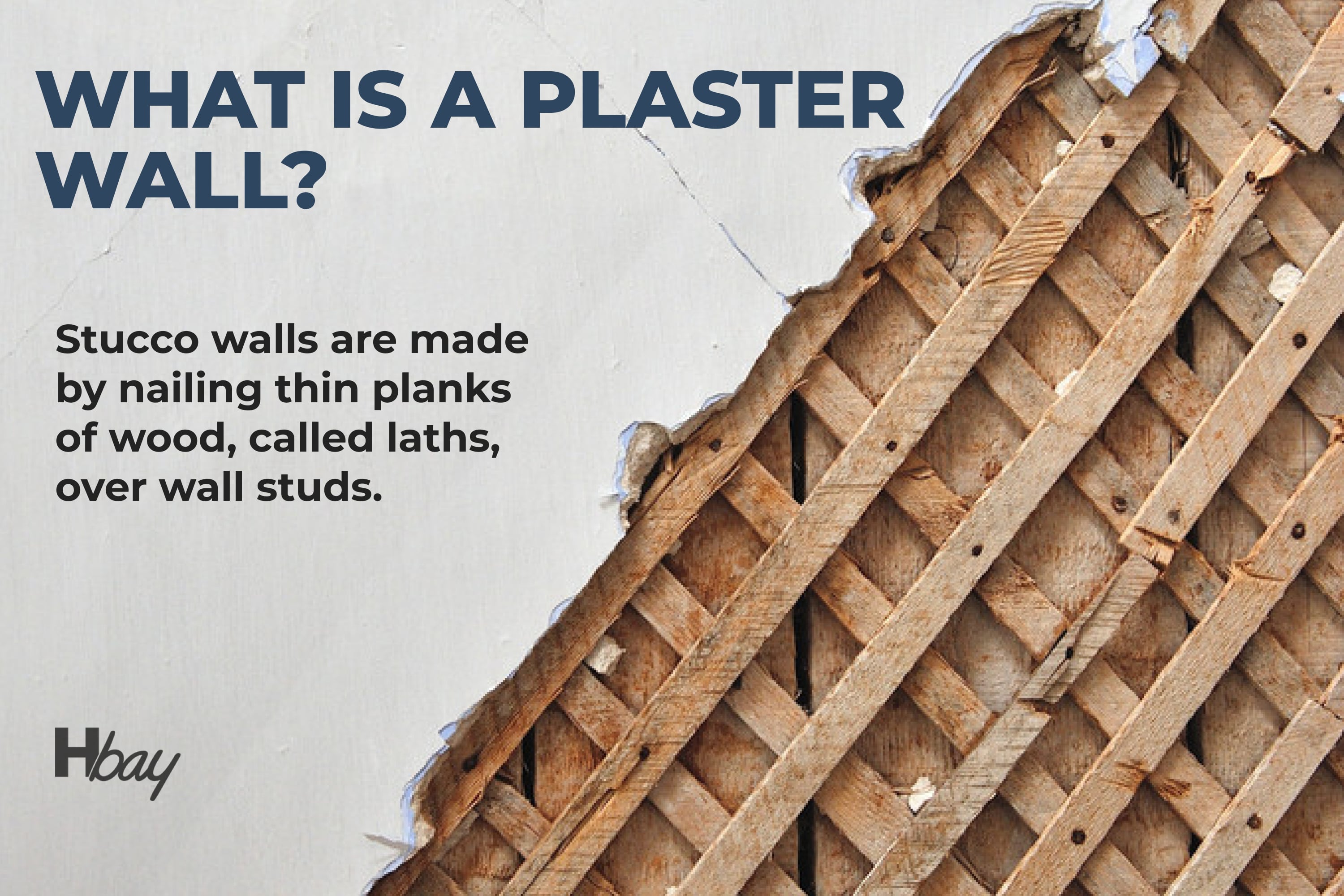
housekeepingbay.com
One more distinction between these two materials has nothing to do with their exterior or technical characteristics. Plaster walls were created and widely used before the drywall material was invented. This is why old houses mostly have plaster walls. But to define the material, you need to know when the house was built exactly.
Lath And Plaster vs Drywall. Replace Or Not Replace?
This is quite a common (and reasonable) question homeowners keep on asking when they finally figure out what material their walls are made of. Is plaster better than drywall? Shall we replace one material with another? Let’s try to figure this out.
So first of all, you need to realize that, if your home walls are in a good condition, there is no need for replacing them at all no matter the material. However, if you are planning any renovation projects that will require removing or modifying walls (for example, if you know you will have to add a wall or to get rid of one of them), then we would recommend you choose drywall over the plaster. And here you can see why.
| Maintenance | Price | Ability to renovate | Fire resistance | |
|---|---|---|---|---|
| Drywall | easy to maintain | cheaper than plaster | easy to renovate | fire resistant |
| Plaster | takes more effort to keep it in good condition | more expensive than drywall | renovation requires a multi-step process | fire resistant |
As you can see, drywall is cheaper to modify and renovate. It is also much easier to work with (for example, to cut and install) which is especially valuable for those who are at the very beginning of their home renovating “career”. Finally, drywall is the sort of material that will not take you much time, money, and effort to keep it in a proper state.
As for the plaster walls, they are somewhat demanding in terms of maintenance. That’s because this material does require regular care and painting. In addition, renovating plaster walls costs more in comparison to the same amount of work needed for the drywall, for instance.
Moreover, if you decide to renovate plaster walls, be ready for quite a time-consuming process since the material is way less malleable if compared to drywall.
Finally, both plaster and drywall possesse fire-resisting abilities. So if your plaster walls are in a bad condition, consider replacing them with drywall, but if they are in a good state, maybe, you’d better leave them in peace.
How to Maintain Drywall
Drywall is highly praised for being very easy to maintain. Because of this, many beginners choose this material for their home walls when building a house for themselves. But to make this material serve you longer, you need to know how to maintain it right:
- Dust the walls
- Wash the drywall with a cellulose sponge
- Fill the holes the second they appear
- Fix the nail pops in time
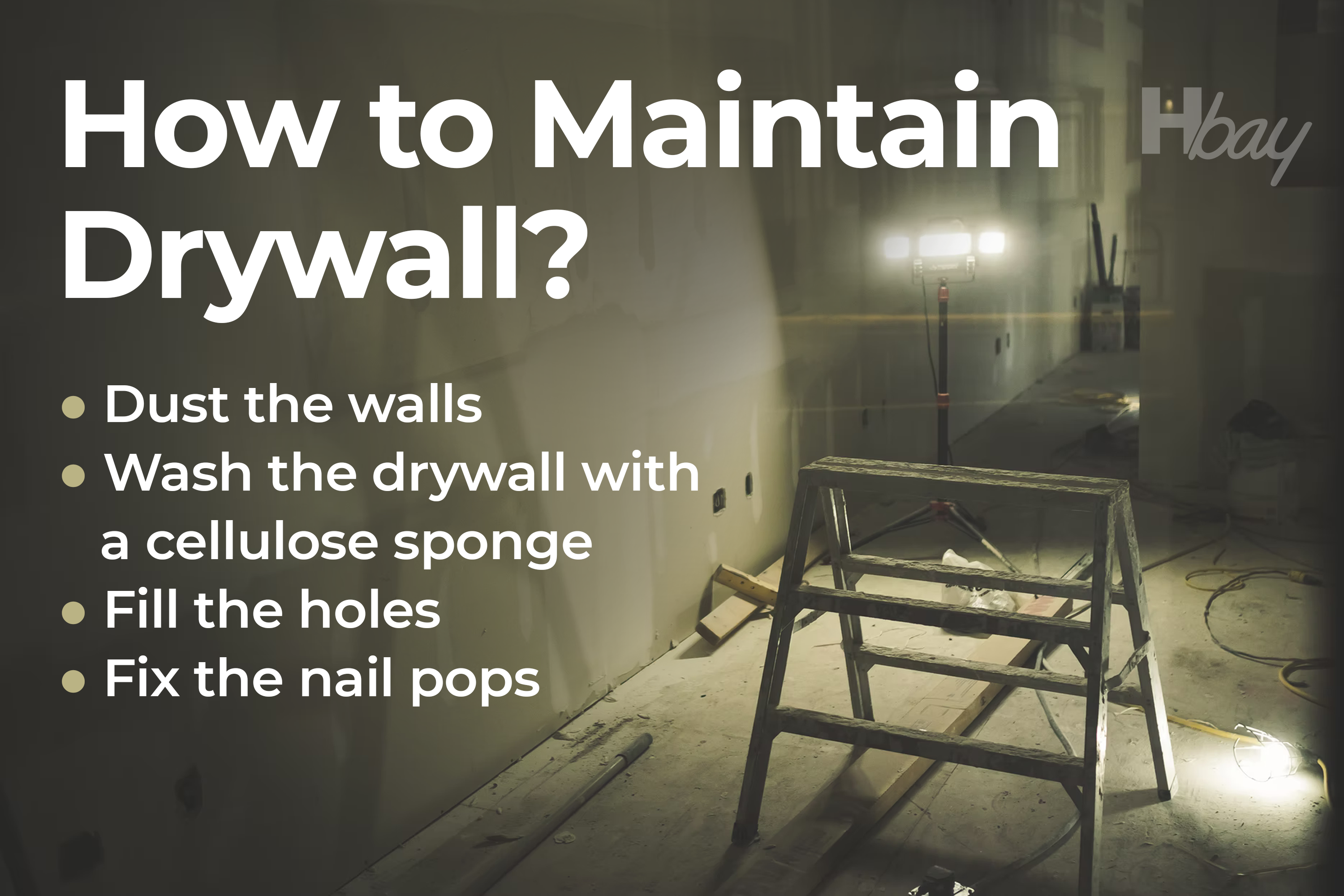
Housekeepingbay.com
Only remember that drywall is rather sensitive to water and can easily be damaged if it gets too soaked. This is why don’t use too much water for washing it, and better opt for a cellulose sponge that is a bit wet rather than a soaked cloth.
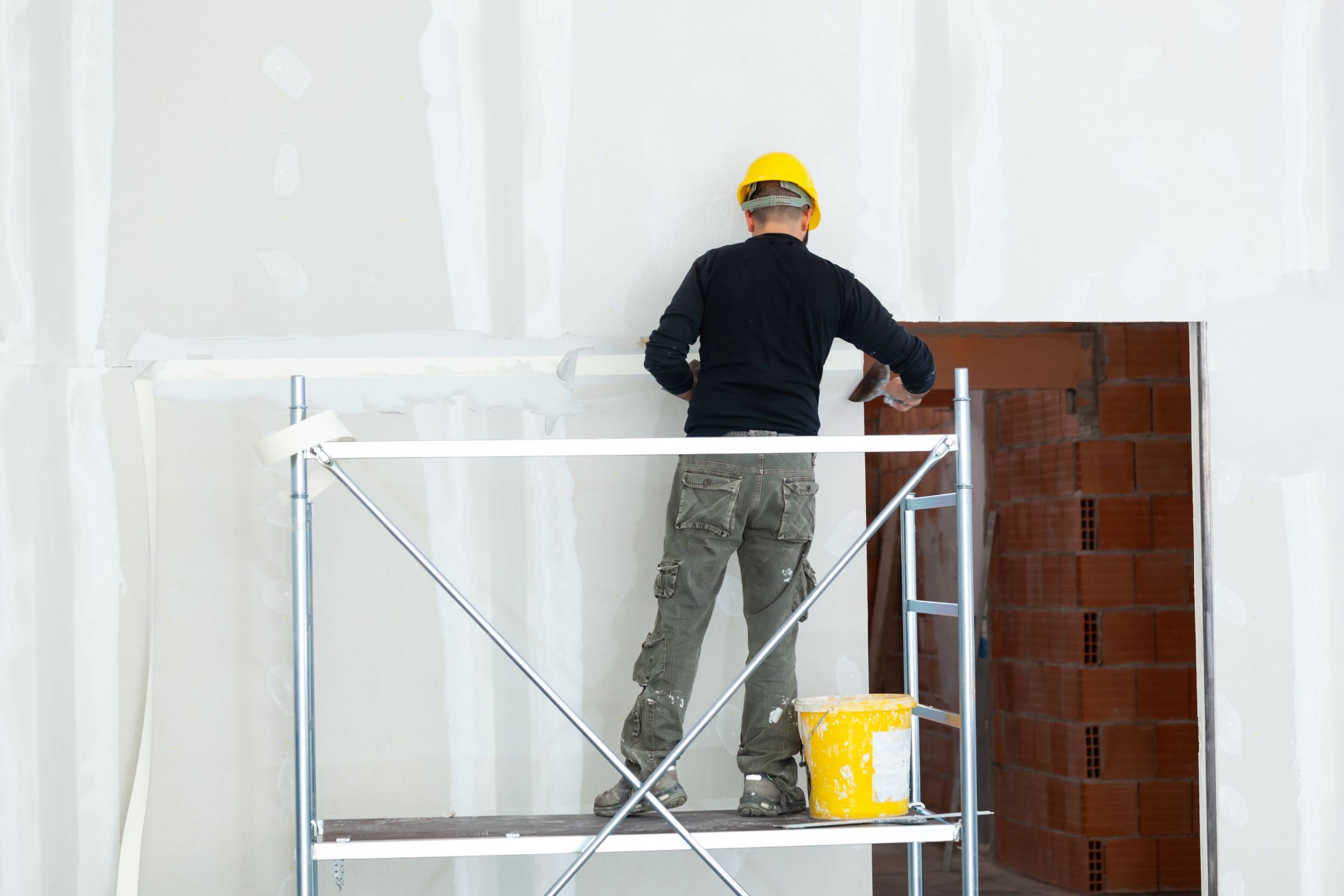
Credits: Antonio Gravate, via Canva.com
How to Maintain Plaster Walls
When cleaning and maintaining plaster walls, you must keep in mind only one crucial thing. This material is porous which means you don’t want it to get wet. If it happens, you will soon have to call a plaster repair specialist!
To avoid such a scenario, make use of the following plaster cleaning tips:
- clean this material with a soft and slightly damp cloth
- for a more thorough cleaning, use any regular mild soap, just a small bead of it
- clean plaster walls moving from top to bottom with a soapy cloth
- remember to wipe the soapy residue off!
- always end your cleaning with drying the wall with a dry cloth until all the moisture is removed
Like this, your plaster walls will always be clean and serve you longer.
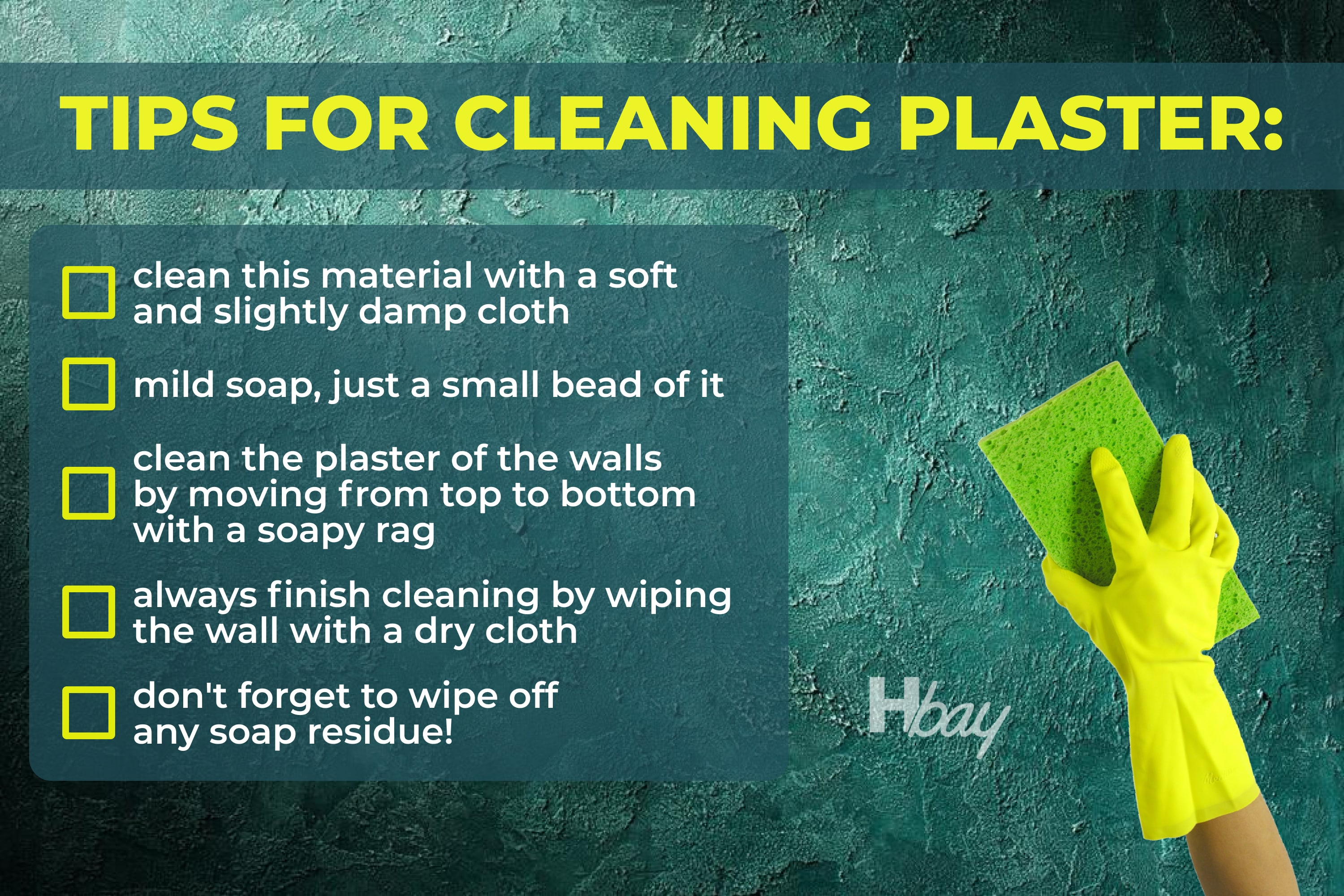
housekeepingbay.com
With that in mind, we are sure you will be able to not only tell the difference between drywall and plaster walls, but you will also manage to easily maintain your home walls in a proper state.
Ever wished paint sampling was as easy as sticking a sticker? Guess what? Now it is! Discover Samplize's unique Peel & Stick samples. Get started now and say goodbye to the old messy way!
Get paint samples




Frequently Asked Questions
⭐ Are plaster walls fire resistant?
Yes, they are.
⭐ Which material is safer, plaster or drywall?
Plaster is more fire-resistant than drywall, so it can be considered the safer one.
⭐ Is drywall soundproof?
It can muffle sounds, but it won’t block them completely.
⭐ What paint is the best for old plaster walls?
Use matte or flat finish paint since it will hide all the imperfections.
16 thoughts on “Drywall vs Plaster. How to Tell?”
Leave a Reply

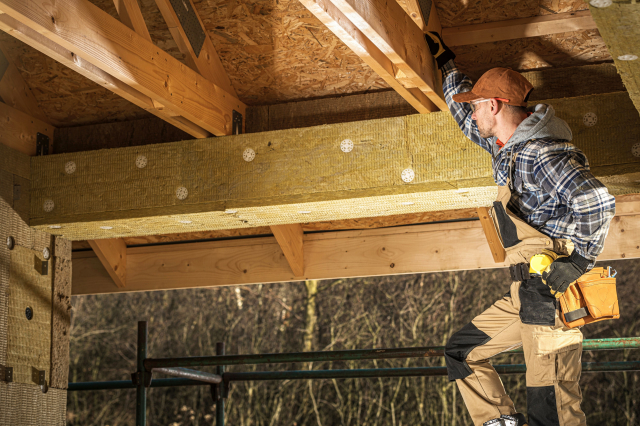
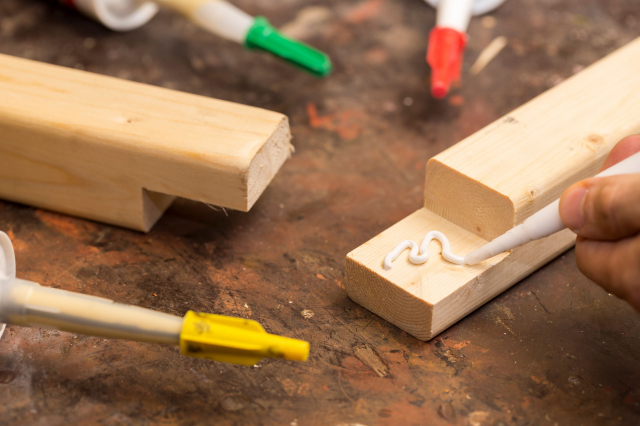
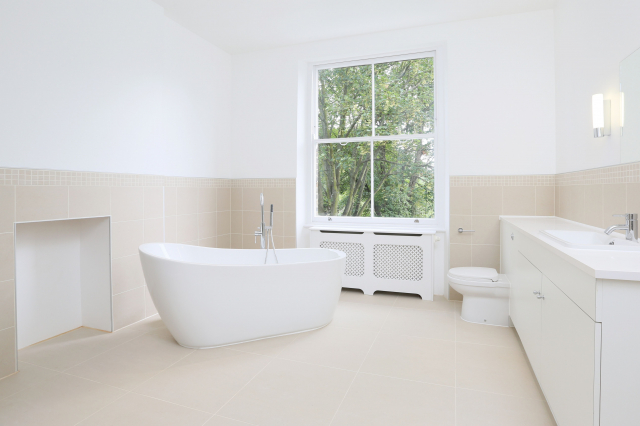

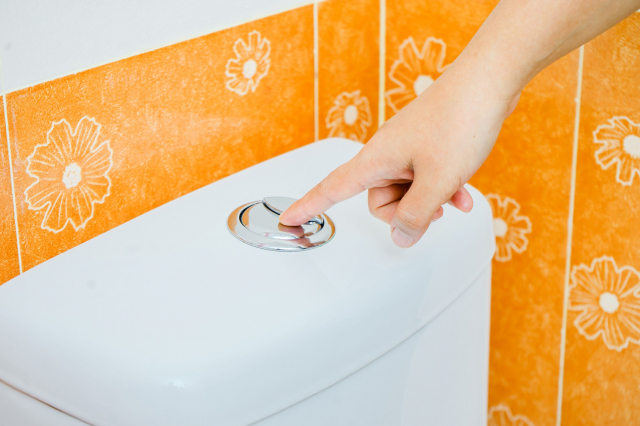


Is it ok putting plaster over drywall to hide some cracked on the drywall material?
Hello. You can apply plaster veneer to drywall, or over existing walls, but this requires “gluing” the existing wall surface. This is typiaclly made by painting on a special adhesive compound, and then applying a thin layer of base coat plaster.
Do plaster vs drywall look different if you place them side by side? Is it ok to use them interchangeably, or use plaster to fix drywall, and vice versa?
I don’t know whether they look different or not, but I know for sure you can use drywall over plaster if you want to cover old palster that is past its prime.
Hi! Could anyone tell me drywall vs plaster installation cost? Is there a big difference in their prices?
I remember that in 2022, typical drywall job used to cost between $1 and $3 per square foot. The price for a plaster job ranged from $2 to $10. But I don’t know what prices are this year.
Hello. Could you explain something to me, please? Are drywall vs sheetrock the same materials?
Hey there. Basically they are. As far as I know, sheetrock is a type of drywall, but due to its popularity, the term is used interchangeably with drywall.
Among these three materials, drywall vs plaster vs sheetrock, which one is more long-lasting?
I guess plaster lasts the longest among all of them. At least, I know that drywall is more susceptible to damage.
Which material, plaster vs drywall, is better for hanging pictures on the walls? Which one is less likely to damage?
Hello. In fact, both are ok. Drywall is softer and thinner than plaster, so you can hammer nails into it without causing damage. Plaster is more brittle and can crack or chip, so you will need to pre-drill a hole before adding nails.
Can mold develop on plaster walls, and if it can, how do I get rid of it?
Well, plaster is indeed rather sensitive when it comes to water. This material is porous so you should not make it wet or soak. So yes, mold can develop on plaster surfaces. As for removing that mold, I prefer using a simple DIY method. First I brush the molded area with soapy suds (I use non-ammonia soap), and then I mix one cup bleach with 1 gallon of water and apply this mixture onto the mold with a sponge. Only ensure you dry the wall (I turn the fan on for this), otherwise, the effect will be the opposite!
Does drywall last longer than plaster? We are going to build our house soon and it’s time to decide about the wall material, but I can’t choose. Could you share your experience please?
I would say plaster does last longer since it is also way more durable. But on the other hand, it’s harder to work with and if you decide to make any renovations later, doing that with plaster is not fun. As for me, drywall is easier to both install and renovate.